
New Excavations at Perre Reveal Expanding Sacred Zones and Hidden Layers of Roman-Era Life
The 2025 archaeological season at Perre, one of the five principal cities of the ancient Kingdom of Commagene, has come to a close with significant new discoveries that deepen the understanding of the city’s religious and social landscape. The work, carried out across a newly uncovered 2,500-square-meter area in Adıyaman’s Örenli district, has revealed architectural traces ranging from ritual activity to domestic life, reinforcing Perre’s long-standing role as a continuously inhabited urban center from the Roman period onward.
Expanding the “Stairway of Eternity”
Archaeologists continued their explorations around the area known locally as the “Sonsuzluk Merdiveni” (Stairway of Eternity), a monumental zone believed to have served as a significant ritual pathway. According to Provincial Director of Culture and Tourism Mehmet Yelken, this year’s campaign focused on three major sectors, each yielding new architectural clues and small finds that help reconstruct Perre’s sacred geography.

The team intensified its work in the district classified as the “Sacred Area,” where nine new trenches were opened. A previously excavated corridor stretching 600 meters has now been extended to 800 meters, exposing a broader sequence of ceremonial movement and architectural framing that may have guided worshippers through the heart of ancient Perre.
New Discoveries Around the “Heaven Mosaic”
One of the most productive zones of the season was the precinct surrounding the “Heaven Mosaic,” an intricately decorated floor mosaic from the Roman period. Excavations here revealed seventeen fresh trenches, bringing to light additional architectural fragments linked to mosaic-paved structures.
📣 Our WhatsApp channel is now LIVE! Stay up-to-date with the latest news and updates, just click here to follow us on WhatsApp and never miss a thing!!
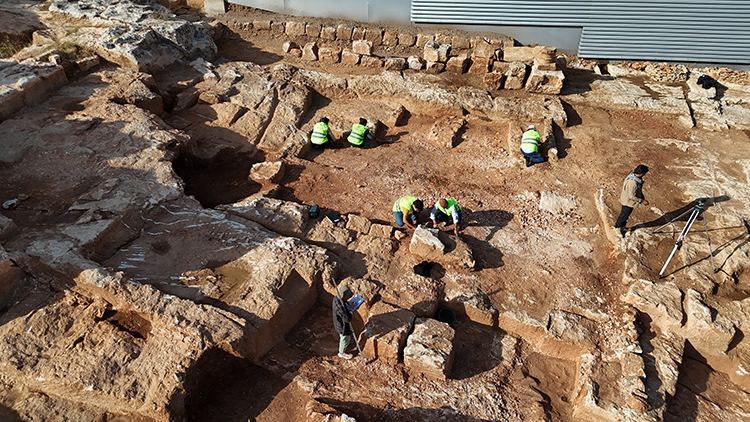
Alongside these architectural elements, excavators documented a rich assortment of small finds—objects that illuminate daily routines as well as Perre’s artistic and technical traditions. The exposure of finely carved stone blocks and precision masonry details provides new evidence for the city’s religious practices and its evolving social identity during the Roman imperial era.
Unearthing New Spaces and Daily Life
Across the season, archaeologists cleared roughly 1,500 cubic meters of soil, revealing further remains of Roman-era architectural components, tandır installations, and domestic traces connected to everyday activities. Conservation work also progressed at the Roman fountain, where small-scale repairs and supplementary excavation helped clarify the structure’s water management system.
Director Yelken emphasized that the steady pace of discoveries continues to reshape the narrative of Perre: “Every season brings new insights into the lived experience of the ancient city,” he noted, adding that preparations for the 2026 excavation campaign are already underway.
A Growing Archaeological Landscape
The results from 2025 demonstrate how rapidly Perre’s archaeological footprint is expanding. What was once a modestly explored ancient center now reveals itself as a sprawling urban environment, where ritual corridors, mosaic-lined buildings, domestic structures, and public installations intertwine to illustrate centuries of uninterrupted habitation. With each year, Perre offers researchers a deeper and more textured picture of life in the cultural crossroads of ancient Commagene.
Cover Photo: Aerial view of the 2025 excavation area at Perre, revealing the expanded 2,500-square-meter archaeological zone and its integration into the wider rocky landscape of ancient Commagene. Credit: Orhan Pehlül/AA
You may also like
- A 1700-year-old statue of Pan unearthed during the excavations at Polyeuktos in İstanbul
- The granary was found in the ancient city of Sebaste, founded by the first Roman emperor Augustus
- Donalar Kale Kapı Rock Tomb or Donalar Rock Tomb
- Theater emerges as works continue in ancient city of Perinthos
- Urartian King Argishti’s bronze shield revealed the name of an unknown country
- The religious center of Lycia, the ancient city of Letoon
- Who were the Luwians?
- A new study brings a fresh perspective on the Anatolian origin of the Indo-European languages
- Perhaps the oldest thermal treatment center in the world, which has been in continuous use for 2000 years -Basilica Therma Roman Bath or King’s Daughter-
- The largest synagogue of the ancient world, located in the ancient city of Sardis, is being restored



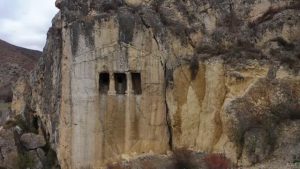

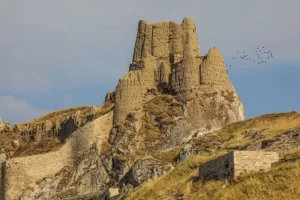
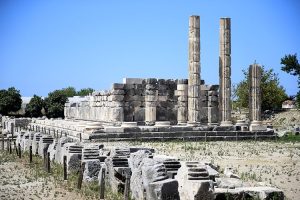



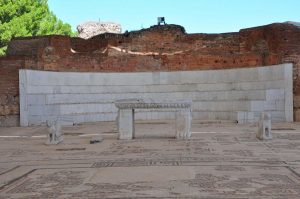
Leave a Reply